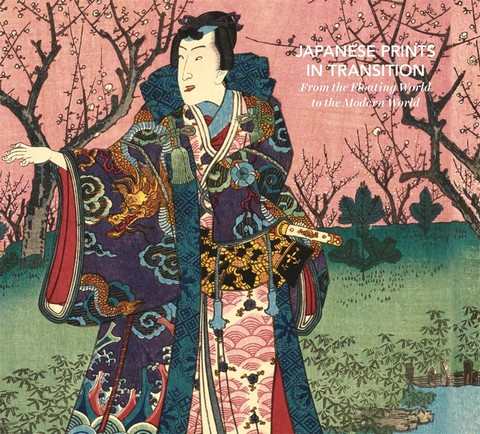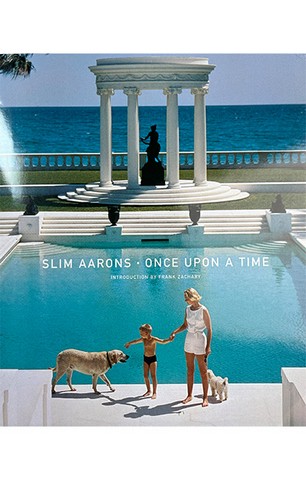🎬 Конкурс коротких відео #KebukExperience🎬 Конкурс відео
Виграй сертифікат на 500 грн! ⏰ До 18 грудня⏰ До 18.12

Japanese Prints in Transition
Видавництво: Abrams
В наявності
Кількість сторінок128
Рік видання2023
Art curators Rhiannon Paget and Karin Breuer present a stunning introduction to the history of Japanese printmaking, featuring selections from the renowned Achenbach Foundation for Graphic Arts' permanent exhibit with highlights from the de Young Museum's vast collection.
In 1868, Japan underwent a dramatic transformation following the overthrow of the shogun by supporters of Emperor Meiji, marking the end of feudal military rule and ushering in a new era of government that promoted modernizing the country and interacting with other nations. Japanese print culture, which had flourished for more than a century with the production of color woodcuts (the so-called ukiyo-e, or “floating world” images), also changed course during the Meiji era (1868–1912), as societal changes and the once-isolationist country's new global engagement provided a wealth of new subjects for artists to capture.






Коментарі
Щоб залишити коментар, будь ласка, увійдіть або зареєструйтесь